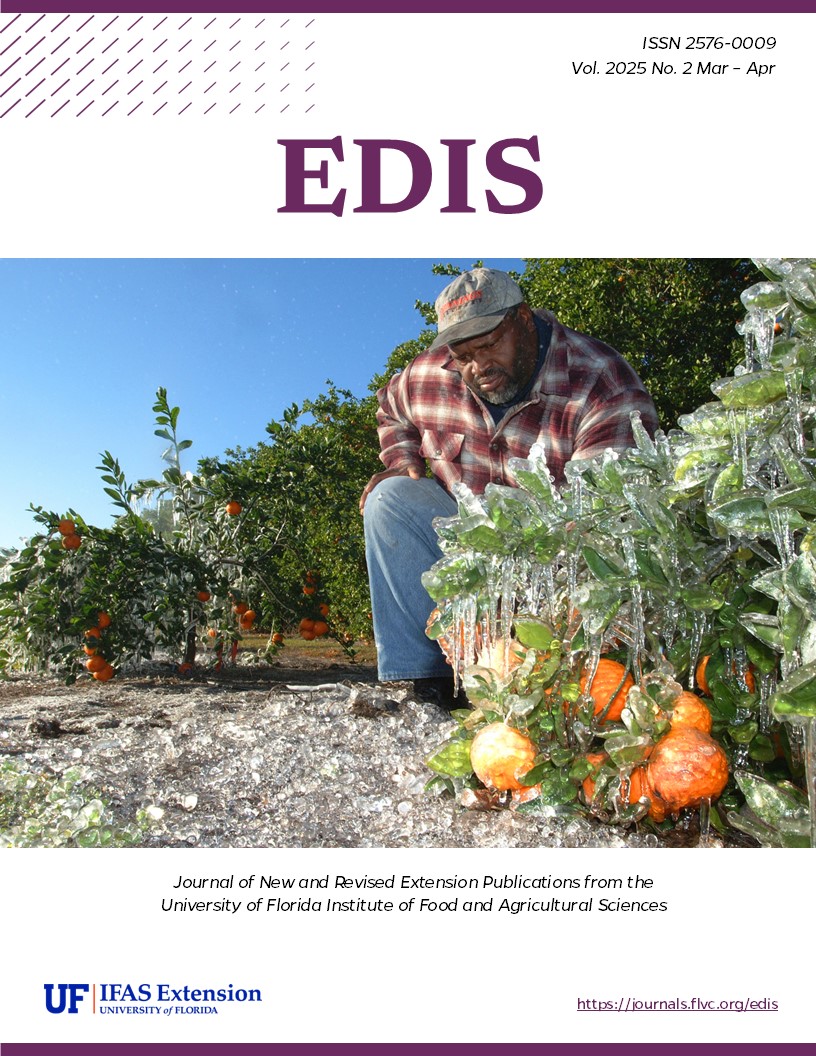Abstract
Camera traps provide a means to easily and unobtrusively view wildlife for a variety of purposes, providing information on the makeup of wildlife communities and sometimes animal behavior. While frequently used, there are currently many different cameras available with a variety of different settings. This publication discusses some of the ways cameras are typically used and provides recommended settings to get the most out of camera traps.
References
Valdez, Ryan. 2018. “The Art and Science of Camera Trapping. National Parks Conservation Association.” Available at https://www.npca.org/resources/3236-the-art-and-science-of-camera-trapping
iNaturalist. 2023. Getting Started. Available at https://inaturalist.freshdesk.com/en/support/solutions/folders/1510005521
Callaghan, C. T., T. Mesaglio, J. S. Ascher, T. M. Brooks, A. Cabras, M. Chandler, W. K. Cornwell, et al. 2022. “The Benefits of Contributing to the Citizen Science Platform iNaturalist as an Identifier.” PLOS Biology 20 (11): e3001843. https://doi.org/10.1371/journal.pbio.3001843

This work is licensed under a Creative Commons Attribution-NonCommercial-NoDerivatives 4.0 International License.
Copyright (c) 2025 UF/IFAS

